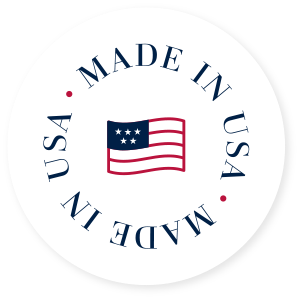
The History of the Turban… a Headdress
2018-08-16 13:20:13
A couple of years ago, a fashion piece appear with a powerful presence into our lives, to give us an special accent and more fun to accessorize our head and outfits.
The turban… is essentially a headgear that uses fabric of varying width and length, which is twisted and turned around the head. The wrapped folds derived produce a "fitted effect" akin to a stitched or an engineered head covering. Though length, style, color, and fabric may vary as geographical locations change, the basic concept and construction of the turban remains unaltered.
When I started designing Turbans was, when I had my first baby, she was born with a lot of hair, but so thin and she was losing it little by little, so I decided to shave her head to let the new hair grow faster and healthier, it’s a practice that some people do in Mexico and other countries.. Because the winter was coming I didn’t want my baby to feel cold, and I didn’t like the baby beanies a lot, so I started wrapping fashion fabrics on her head and I really like how she looked. Many people asked me at the stores or when I was walking with her, where I had bought those turbans, and I thought it was a good idea to design some and have a collection for baby girls and moms, because I was wearing them too!
I always like to know the origin and history of things and I found this about Turbans…
The earliest evidence of a turban-like garment is from Mesopotamia in a royal sculpturedating from 2350 B.C.E. Thus, it is known that the turban was in use before the advent of Islam and Christianity, therefore the origin of the turban cannot be ascribed to religious reasons alone. It is also mentioned in the Old Testament and Vedic literature from India. These HEADDRESSES were originally worn by royalty and spiritual leaders and used to commute power, often being adorned with jewels and accessories to display wealth and grandeur.
In some form or another, the turban has been important in many cultures and religions. It is still in use in rural areas in Persia, the Middle East, Turkey, parts of Africa, and the Indian subcontinent where wrapped, as opposed to stitched headgear, continues to be preferred. Historically, draped clothing has always had a special significance in eastern culture. Though turbans are worn primarily by men, literary evidence reveals that they were used by women on rare occasions in the past. And now women adopted this beautiful piece to be in its wardrobes in the 21stCentury.
Turbans in India...
In India this headdress is known by many different names locally. Potia, usnisa, pag, pagri, safa, and veshtani are some of the names used for the turban. The Sikhs, a community that dictates its followers to wear the turban, call it dastaar, while the Muslim religious leaders refer to it as the kalansuwa. In the earliest times, cotton was the fabric most commonly used as turban material. This is because it was affordable and abundant, apart from being the most comfortable fabric to use in tropical or temperate climates where it was most worn. Fabrics such as silk and satin saw limited usage among the more affluent and powerful class.
I found all this very interesting; and now here in America, we have access to wear this beautiful piece that is a trend now, that not only accessorize your head but save you a lot of time with your hair when getting ready to go out and look amazing!

